The great municipal museums are products of the 19th-century imagination, evidence of lofty ambitions and cringe-making limitations. They are exact contemporaries of department stores: the whole world acquired, catalogued, labelled, displayed and inspected. Only at the moment of consumer interaction do they differ. In a department store, everything is for sale. In a museum, everything is for edification.
The V&A is the most complete example. From the beginning it had populist and didactic intentions: collecting photographs began in the 1850s. There was a campaigning instinct: its exhibitions worked as Victorian social media, encouraging the public and rebuking manufacturers on questions of ‘taste’. And the magnificent Cast Courts were a database of accurate reproductions for visitors without the benefit of art books or European travel to enjoy free on Sundays. With nice appropriateness, Room 46B, the Italian Cast Court, has just been refurbished with a grant from the Garfield Weston Foundation, the charity of the family that owns Selfridges department stores (as well as Fortnum & Mason and Primark). Meanwhile, Room 46A, which accommodates Trajan’s Column, awaits its benefactor.
These strange rooms, originally called the Architectural Courts, opened in 1873 when the fashion for collecting plaster casts was at its height. They were designed by the sonorously named Major-General Henry Young Darracott Scott, a Royal Engineer who was also largely responsible for the Albert Hall. A vast glazed barrel vault illuminates the cast of Michelangelo’s ‘David’ 24 metres below, a gift to Queen Victoria from the Duke of Tuscany. There he stands, the uncircumcised King of the Jews, beside the Gates of Paradise from the Duomo in Florence, Giovanni Pisano’s Pisa Pulpit and Jacopo della Quercia’s great arch from San Petronio in Bologna. Pittsburgh and Paris’s Trocadéro have cast collections too, but none is quite like this in its grandeur and strangeness. What a footnote to scholarly vanity that enduring art is captured in frangible plaster.
The Builder trade magazine described the first sight of these rooms as an ‘impression that can scarcely be effaced’ and compared the experience to a glimpse of Mont Blanc, a reminder that these casts were often made by adventurers with a similar gung-ho mentality to that of the pioneer alpinistes and the great Victorian lady travellers. A lot of it was about principled hardship in pursuit of a higher good.
The process of cast-making was arduous, although this did not diminish ambition: a memorandum exists suggesting someone had better cast all of Chartres before it was too late. In the case of complex, undercut monuments, perilous scaffolding was erected on site and multiple moulds were made from the original. These were then assembled in a frame, coated with a wax-like separating agent, before the plaster was poured and the whole lot eventually reassembled. Telltale hairline casting marks often remain visible. Electrotyping was another technology used.
The Cast Courts have many real characters as well as intangible ghosts. One of my favourites is the indefatigable Domenico Brucciani of Covent Garden, who was described by the 1861 census as a ‘Plaster Figure Manufacturer Employing 25 Men & 5 Boys’. It was he who travelled to Santiago de Compostela to cast the Portico de la Gloria, returning to London only after vertiginous months up ladders as well as epic misadventures with storms and cholera. Brucciani, skilled in these matters, was also commissioned to retro-fit a plaster oak leaf to David, to be used as required to spare the blushes of visiting women dignitaries. It is a generous half-metre across and in our less prudish age hangs behind the cast, undeployed.
The V&A’s Cast Courts offer the most intensely authentic museum experience possible. Any visit brings to mind questions of memory, reproduction, intellectual property and originality. At the original Museum of Manufactures, the V&A’s predecessor, casts were used in the education programme. Later, casts were circulated to the new provincial art schools. It was a network of inspiration: Michelangelo goes to Preston, Giambologna, perhaps, to Luton.
But what is the difference between a copy, a reproduction, a fake and a facsimile? Sixty years after the Cast Courts opened, Walter Benjamin wrote a now famous essay about art and mechanical reproduction. Where does the real value of a work of art lie, in the autograph original or in an idea that can be freely reproduced? When you find Michelangelo’s ‘David’ and Trajan’s Column in South Kensington, you ask that very question. And you also wonder: once you allow copies, reproductions, fakes and facsimiles into a museum, where does the process end?
With Weston largesse, the old casts have been restored to their original colour, not a glaring white, but a nuanced texture. The roof is new and the original rich mossy green paint has been reinstated after years of terracotta. The old black lino has been removed to reveal a glorious ceramic floor. It’s pleasing to think that the revival of this fabulous spectacle of Victorian theft and reverence was funded by busy crowds at Primark.
Got something to add? Join the discussion and comment below.
Get 10 issues for just $10
Subscribe to The Spectator Australia today for the next 10 magazine issues, plus full online access, for just $10.
You might disagree with half of it, but you’ll enjoy reading all of it. Try your first month for free, then just $2 a week for the remainder of your first year.

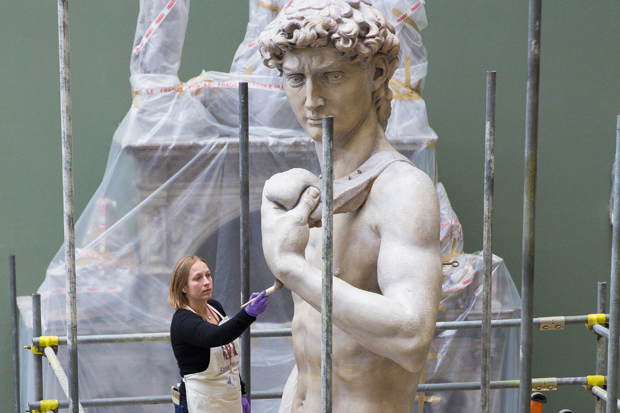
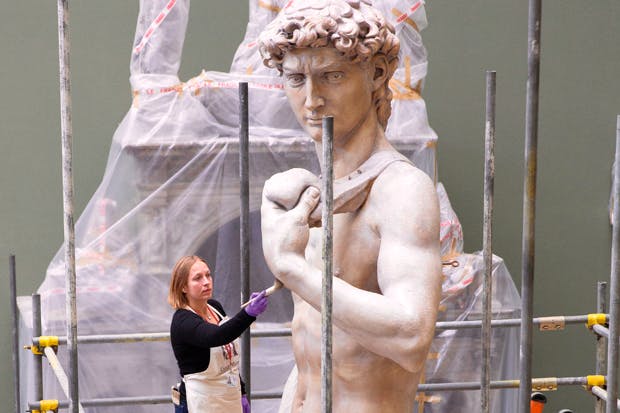
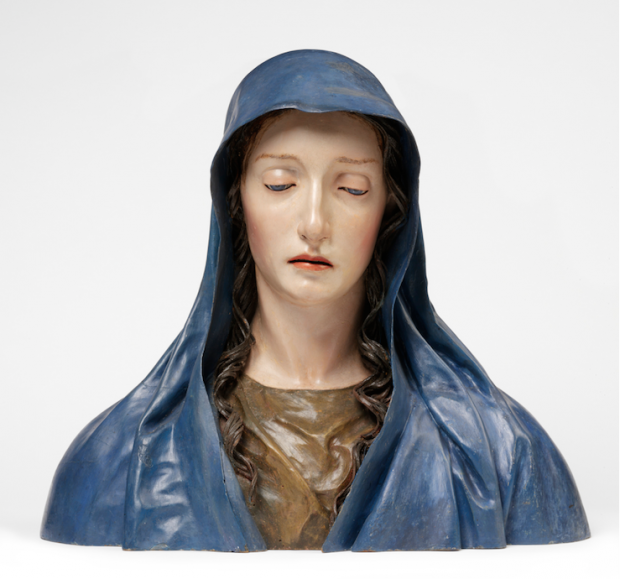
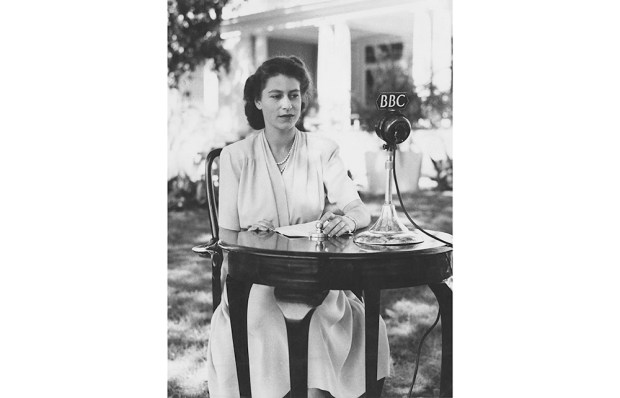
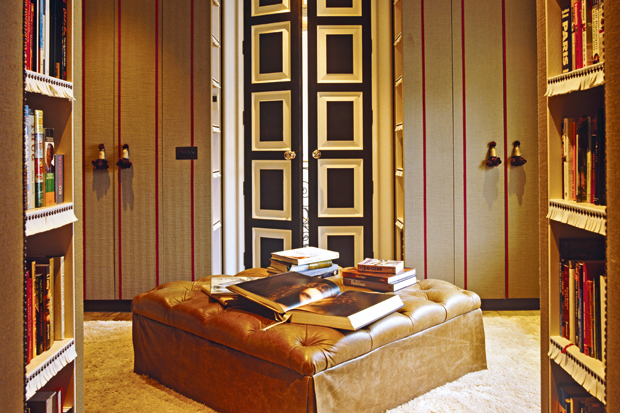







Comments
Don't miss out
Join the conversation with other Spectator Australia readers. Subscribe to leave a comment.
SUBSCRIBEAlready a subscriber? Log in